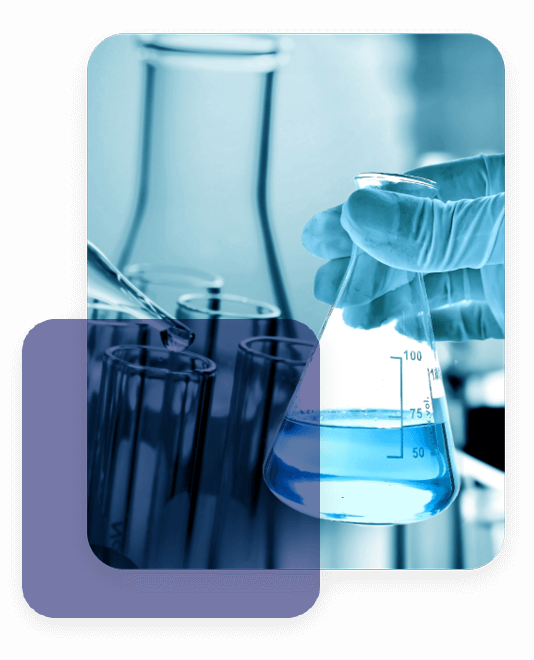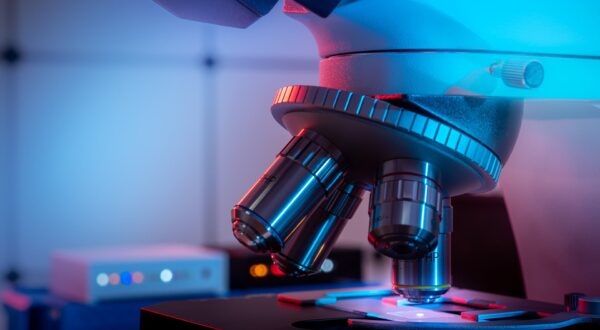Cancer is still the leading cause of death worldwide accounting nearly one in sex deaths. Although medical advances in both new treatments and early detection have remarkably advanced, there is still the necessity to find new treatments. Lately, therapeutic cancer vaccines stood up as promising candidates for achieving long-lasting remission, or even cure, in various forms of advanced stage and/or refractory cancer. Among these, nanoparticle-based therapeutic cancer vaccines considerably improve tumor-associated self-antigens or neoantigens presentation to the immune system.

Nanoparticles (NPs) between 10–100 nm, are effectively internalized by antigen presenting dendritic cells (DCs) and traffic to draining lymph nodes, allowing a more effective stimulation of the immune system.
In DIRNANO, we selected the transmembrane O-glycoprotein mucin 1 (MUC1) as the neoantigen for the development of cancer vaccines. The tumor associated form of MUC1 is overexpressed in many tumor tissues presenting a truncated glycosylation pattern that allows antigen-specific immune response. Among the different nanoparticles and coatings studied in the consortium, ESR9 will primarily focus on gold NPs (AuNPs) coated with poly(ethylene glycol) (PEG) as carriers for tumor-associated self-antigens derived from MUC1. Previous compelling preliminary results showed good immunogenicity as vaccine candidates in vivo. Coatings coming from other consortium partners may be developed into cancer vaccine candidates especially in case of promising indications concerning their biomolecular corona.
Different adjuvants could also be formulated along with NPs to increase the immune response. A collection of vaccine candidates featuring different size, coating, antigens will be produced, characterized and tested in vitro and in vivo for their ability to interact with cells of the immune system. These characterizations include the proteomic study of the formed protein corona and the capability of activate immune cells, e.g. dendritic cells derived from PMBC or macrophages. The in vivo efficacy of the nanoparticles will be studied in vaccination campaigns performed by partners from the consortium in cancer model mice where the capacity to generate both humoral and cellular responses will be studied. Cellular immunity plays a crucial role in cancer therapeutics and therefore our efforts in vaccine design will focus on increasing the antigen specific T-cell immune response.
Ander Eguskiza Bilbao - Early Stage Researcher
Department of Biotechnology - University of Verona (Italy)



